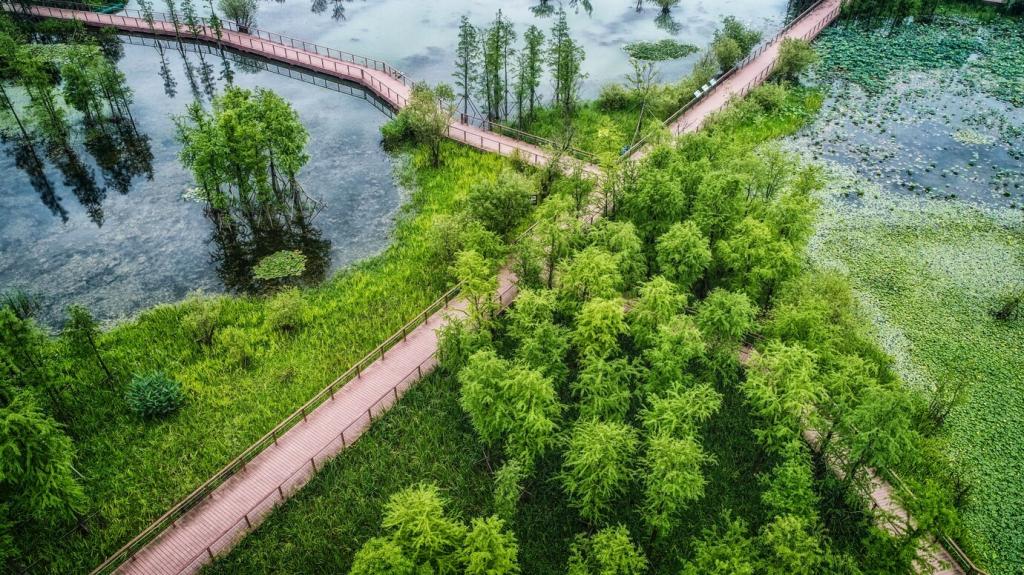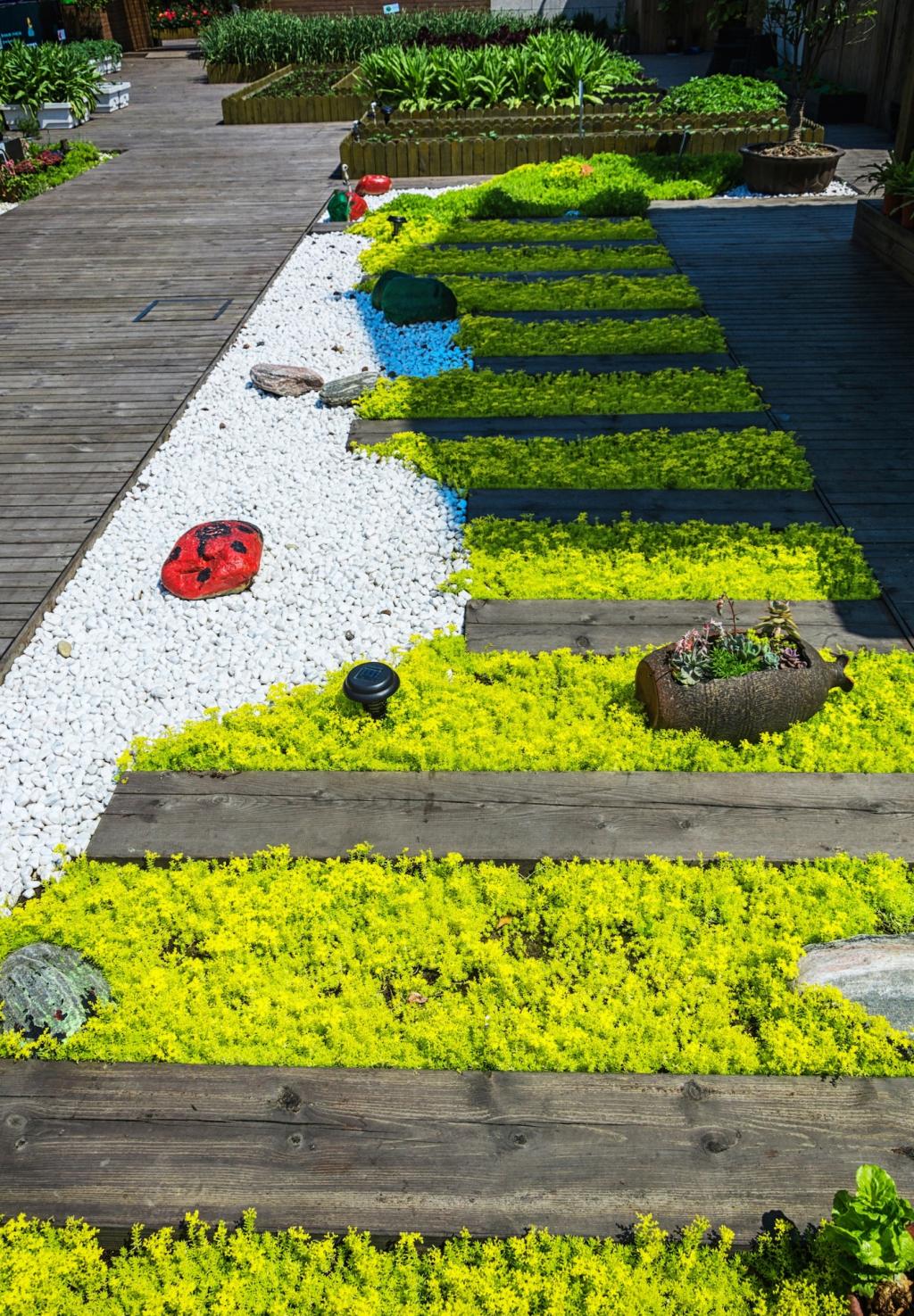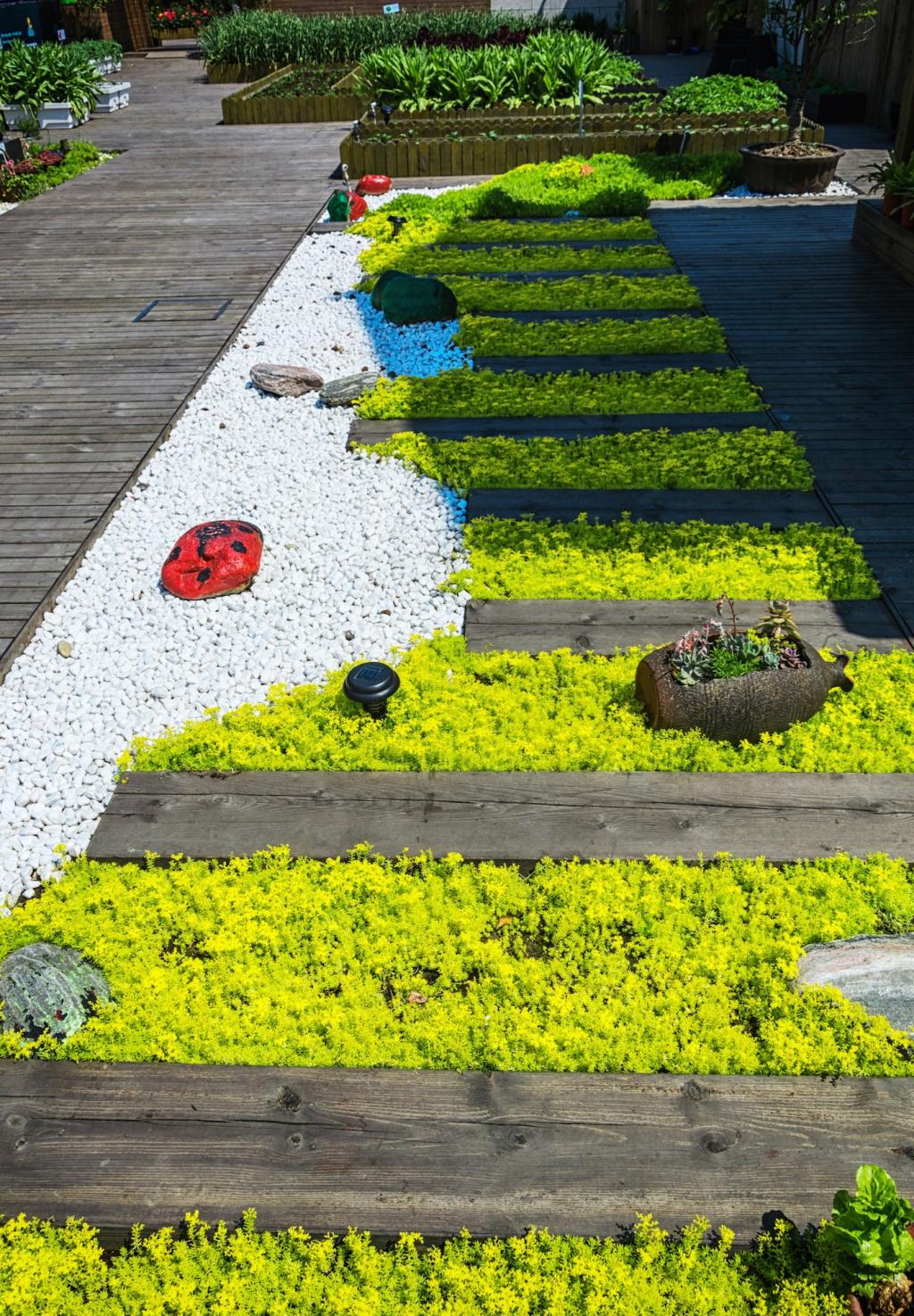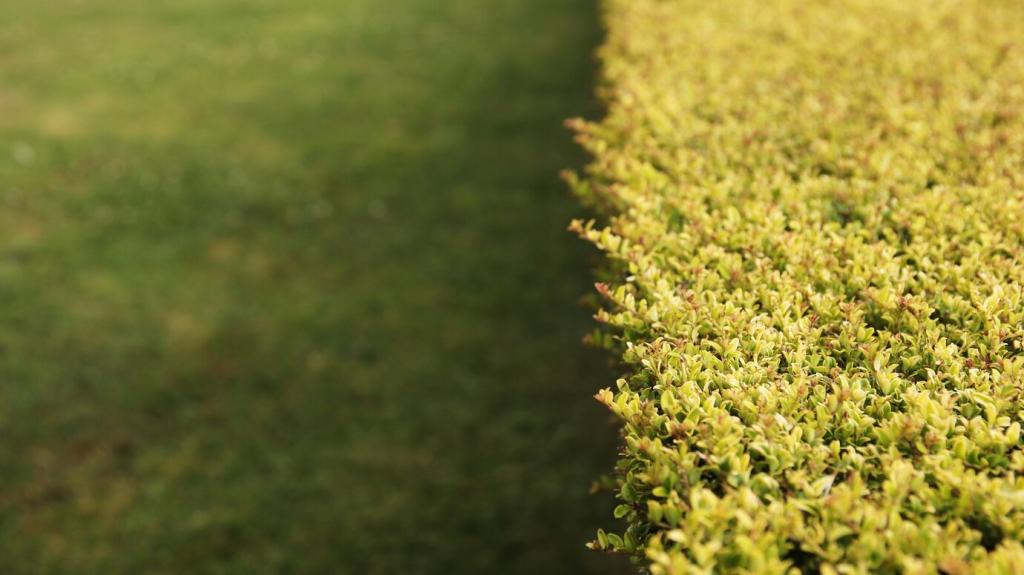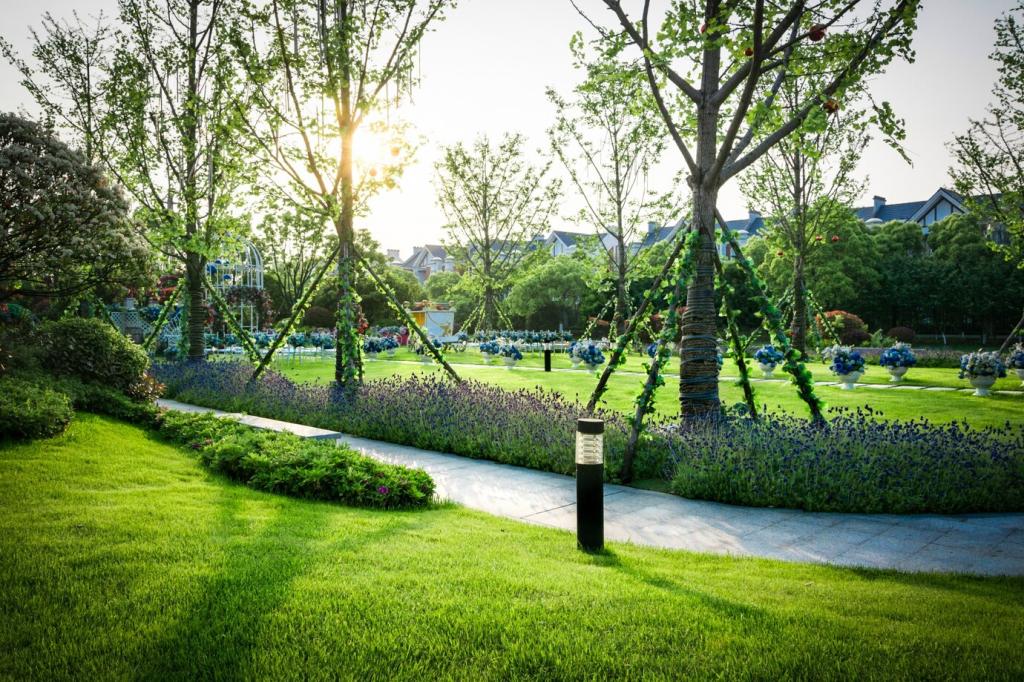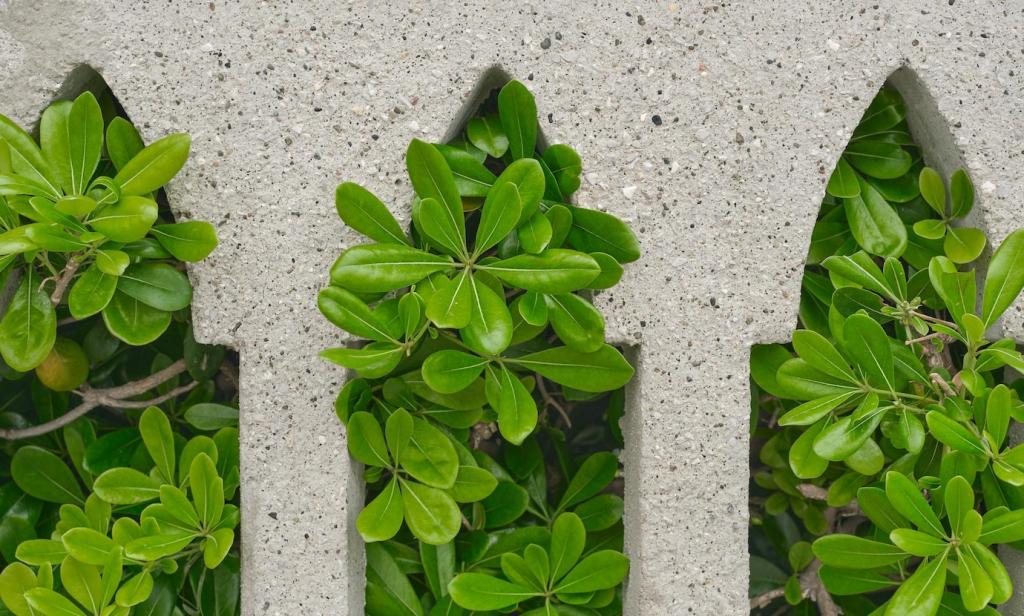Know Your Yard’s Thirst
Track your meter before and after irrigation, and measure sprinkler output with tuna cans for a simple catch‑can test. Outdoor watering can reach 30–60% of home use. Establish a baseline, then tell us what surprised you most.
Know Your Yard’s Thirst
Do a quick jar test to see clay, silt, and sand ratios, and run a simple infiltration test with a shovel and stopwatch. Tailor watering to your soil’s pace, and share your soil type so we can swap region‑wise tips.


